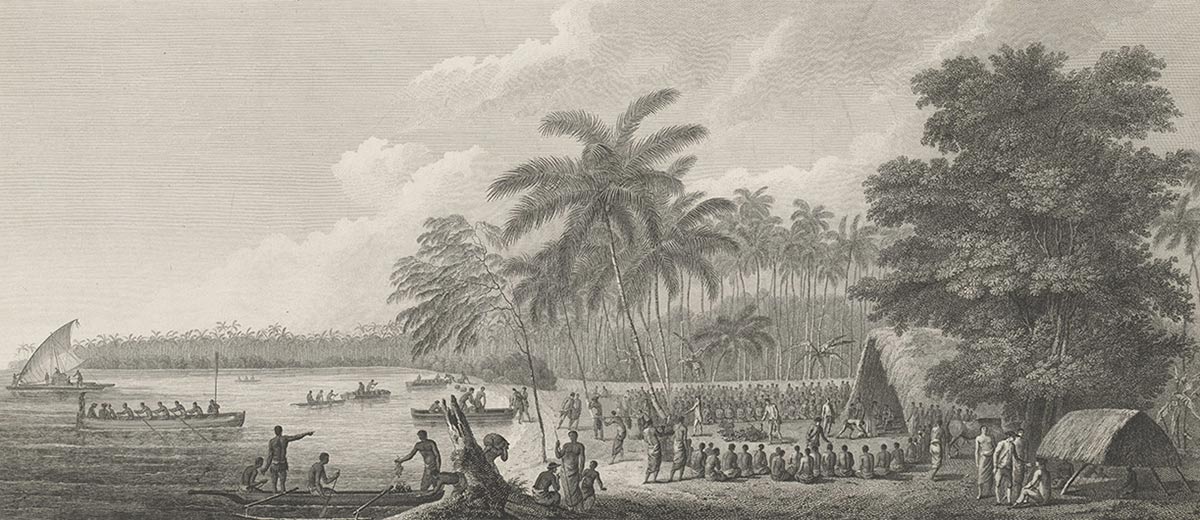In the Royal Society’s 350th anniversary year, the National Museum of Australia was pleased to present this exhibition, in celebration of the society’s significant role in our region. The exhibition was officially launched on 14 September 2010 by Professor Penny Sackett, Chief Scientist, and Andrew Sayers, National Museum of Australia.
The Royal Society is the world’s oldest scientific academy in continuous existence. It has been at the forefront of scientific enquiry and discovery since its foundation in 1660.
Throughout its history the Royal Society has promoted excellence in science through its Fellowship – Isaac Newton, Joseph Banks, James Cook, Charles Darwin, Ernest Rutherford, Albert Einstein, Dorothy Hodgkin, Francis Crick, James Watson and Stephen Hawking have all been Fellows – and through its scientific initiatives, such as the 1768–71 expedition in HMB Endeavour to observe the transit of Venus in the South Seas.
Exploration and Endeavour had three main sections:
- An introduction that outlined the early history of the Royal Society and indicated the revolutionary nature and significance of its work.
- The main core or body of the exhibition, which examined the role of the Royal Society in discoveries in the Pacific and the documentation of the Australian continent.
- A concluding section, which brought the exhibition’s focus on scientific endeavour in the South Seas up to the present day and looked at the role of the Australian Academy of Science – Australia’s own counterpart to the Royal Society, founded in 1954 by the Society’s Australian Fellows under the leadership of the distinguished physicist Sir Mark Oliphant.
Recordings from the exhibition
Letter readings from the voyages of discovery
On 20 October 2010 National Museum Director Andrew Sayers AM, actor Rhys Muldoon, and the curator of Exploration and Endeavour, Michelle Hetherington read from some of the documents on display in the exhibition.
‘Letters from the voyages of discovery’ traces a journey from the seventeenth century, when the Royal Society was founded 350 years ago, to the early years of British settlement in Australia
From instructions given to seamen to collect information on a wide range of subjects useful to science and Britain’s imperial mission, to first impressions of Western Australia, and letters from Captain Cook and Joseph Banks on the Endeavour voyage, the readings bring alive the characters, trials and triumphs of those who ventured forth on voyages of discovery to the South Seas.
Hear Banks’s frustration at not being allowed ashore in Rio de Janeiro, the methods Cook used to prevent scurvy in the Resolution and his opinion of the Polynesian celebrity Omai, early descriptions of the platypus, and the extreme flattery Mrs Cook and Matthew Flinders used towards Banks, as our readers take you back to the world of voyages of discovery.
20 Oct 2010
Letter readings from the Voyages of Discovery
14 Sep 2010
Exploration and Endeavour: The Royal Society of London and the South Seas: exhibition launch
You may also like
